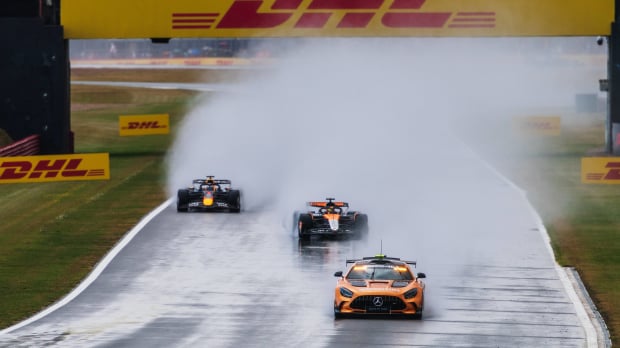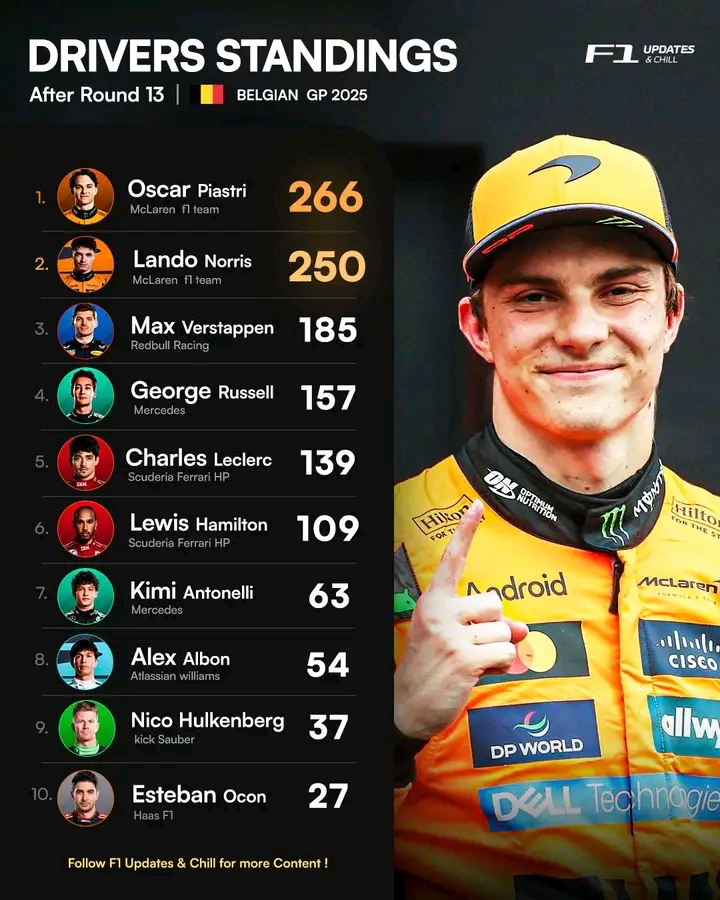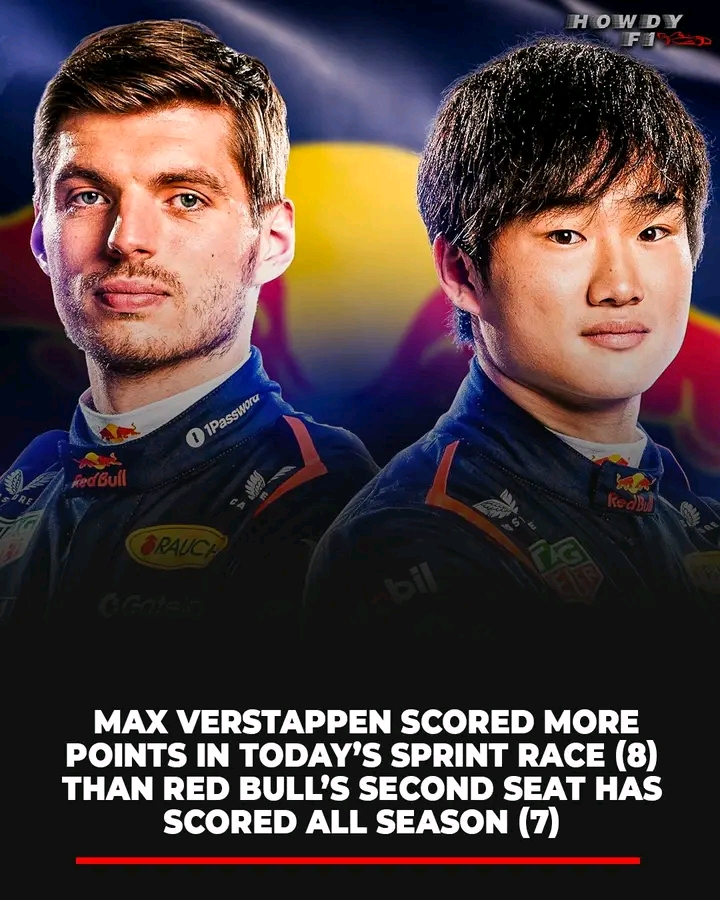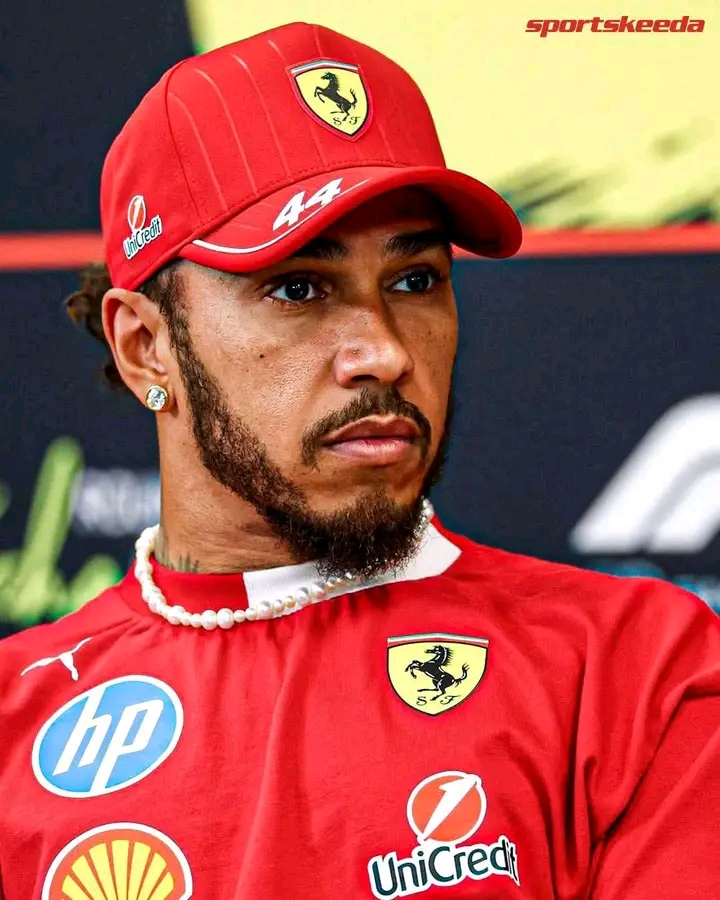
Oscar Piastri’s British Grand Prix ended in controversy after he received a five-second time penalty that dropped him from ninth to twelfth place. The decision stirred debate among fans and experts, as it came after a chaotic safety car restart late in the race. The incident further complicated Piastri’s tough rookie season in Formula 1, where every point is critical in the fiercely competitive midfield.
The penalty stemmed from an on-track battle during lap 48, just after a safety car period. As drivers jostled for position, Piastri made a move that appeared to push Sergio Pérez slightly off his racing line. Though no contact occurred, stewards ruled that Piastri’s maneuver was unsafe, citing Article 15.2 of the FIA code. The move forced Pérez into a defensive response that cost him track position.
In their ruling, the stewards presented video and telemetry evidence showing Piastri’s movement and Pérez’s reaction. While the maneuver wasn’t aggressive enough to cause contact, the stewards felt it created a significant risk of collision. Supporters of Piastri argued it was a typical midfield battle move and that Pérez had room to avoid danger, but the officials took a stricter view based on potential rather than outcome.
The ruling sparked divided reactions throughout the F1 community. Many fans believed the penalty was excessive for what seemed like a racing incident, particularly during the chaos of a restart. Others defended the decision, saying maintaining safety standards—even in high-pressure moments—justifies such penalties. The debate highlighted the ongoing tension between allowing hard racing and enforcing strict safety protocols.
This penalty adds to Piastri’s struggles in his debut season, where even small setbacks have large consequences. The loss of valuable points makes his challenge in the midfield even harder. The incident serves as a reminder of how subjective steward decisions can shape a driver’s race—and even a season. It also reinforces the need for consistency and clarity in how race regulations are enforced, especially for young drivers navigating their way in Formula 1.



